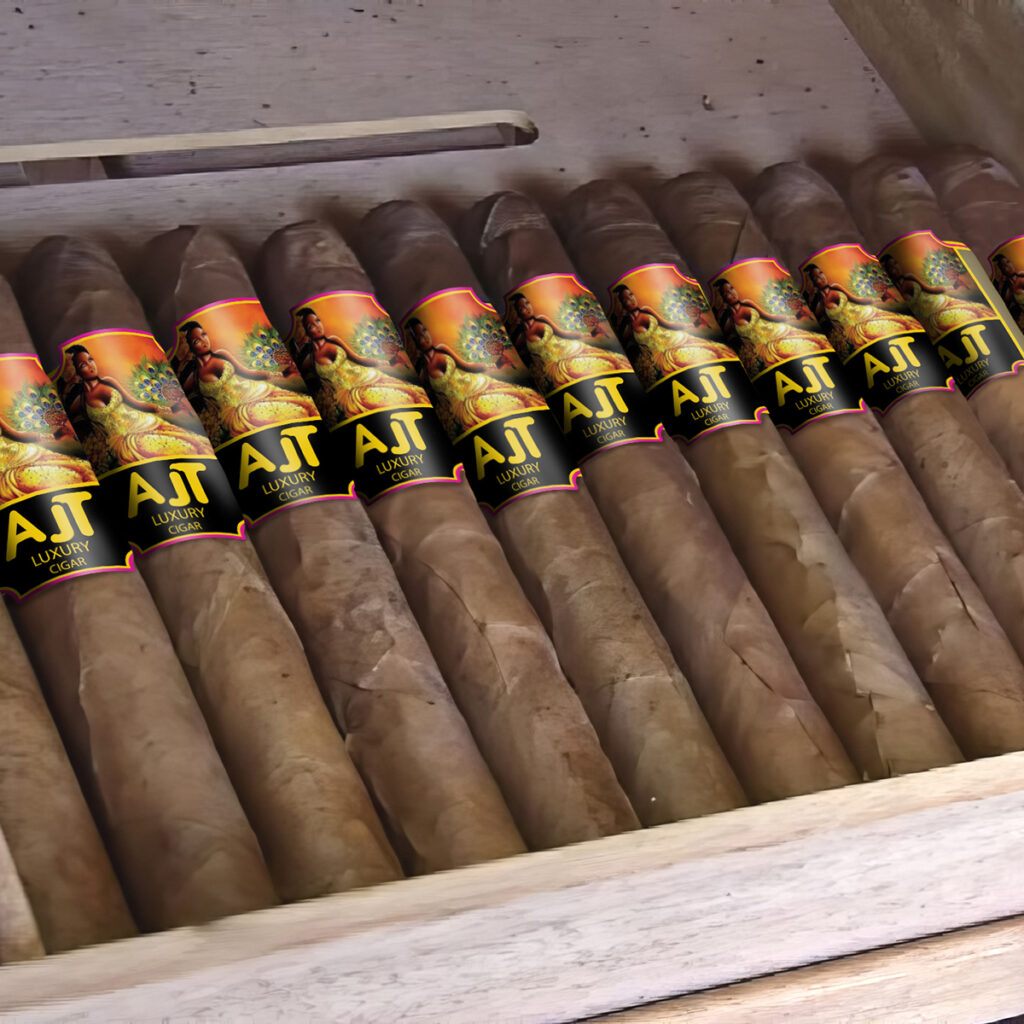News
How to determine gauge body flavor and strength of a cigar
In the cigar-smoking world, terms like Body, Flavor and Strength represent the three distinctive characteristics or sensory inputs used to describe the different aspects of the experience of smoking a premium cigar. Let’s take a closer look at each of them through the experience of cigar reviewer David “Doc” Diaz:
Refers to the impact on the palate and nasal mucosa experienced when smoking a cigar. We can experience the “body” through the effect that the tobacco components have on the touch and taste receptors in our mouth and nose. To better describe those sensory effects, other terms like texture, richness, weight, and overall mouth feel can be used as well.
The magnitude of a cigar’s body can be rated as light, light-to-medium, medium, medium-full or full. A full-bodied cigar will feel heavy in the mouth and nose, contrary to the feel of a very light bodied cigar. The greater the impact one feels in the mouth and nose, the greater the body of the cigar.
The sensory powers of the nose come into play when retrohaling a cigar’s smoke. The retronasalolftactory system and the mucus membrane in the nose will have a great impact, not only on the experience of flavor, but also on the experience of body.
In a cigar smoking context, flavor can be described as the distinctive taste of a cigar when smoked. A cigar’s flavor can be discussed in two forms: distinctive taste and magnitude.
Similar to the body aspect, the magnitude of a cigar’s flavor can be rated as light, light-to-medium, medium, medium-full or full. It comes down to the intensity of an individual’s perception of the flavor. If a cigar has weak flavors or just slight nuances of a flavor, then it would be rated as a light-flavored cigar and vice-versa; if the intensity and clarity of flavors are bright, pronounced and focused, then it could be rated as medium-full or even full-flavored.
The distinctive taste of a cigar is perceived through the taste and smell senses. You can’t really separate the senses of taste and smell because both are active when we identify and describe flavors, so in part, our ability to detect flavor is a result of the taste bud density on the surface of the tongue. Each person has a different number of taste buds, and about 25% of the population have an abnormally large number of taste buds and have been dubbed “super-tasters”. The taste receptors in the mouth pick up four basic types of tastes: sweet, sour, salty and bitter. When we use descriptors such as bitter, sweet and salty, they are the result of the chemical constituents in the tobacco influencing the taste receptors on different parts of the tongue.

